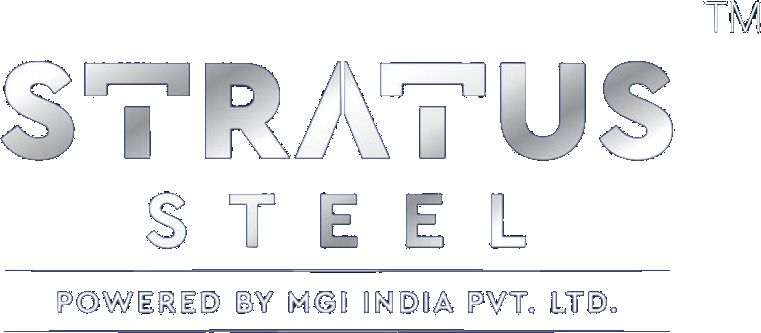LGSF comes with various advantages and can be used in an array of applications. This method of construction allows having an increased span, custom openings, curved walls and a variety of external architectural façade treatments, making it a versatile choice of construction material. It involves using cold-formed steel to construct the critical aspects of the modular home like load-bearing walls, roof panels, decks and flooring systems. One of the experienced organisations providing this service is Stratus Steel.
We are a pioneer in modular operation theatre manufacturers with over 35 years of experience and expertise in light gauge steel framing, cold-rolled sections, drywall construction, roofing solutions, etc. in India. The organisation also provides LGSF design support and an array of comprehensive back-end support for all LGSF projects. Stratus Steel LGSF Steel Profiles has been built on engineering excellence crafted through unstinted dedication to quality, innovation and a constant objective to serve the global market & decade young industry expertise.
Advantages of LGSF Technology
Quality Structures
Our buildings are manufactured to very tight tolerances. They have a superior strength-to-weight ratio. LGSF structures can be engineered to withstand extreme loads such as 240km/h winds, zone IV seismic forces under the International Building Code and 3 feet of snow loading. Furthermore, our factory based manufacturing environment consistently delivers superior quality standards through rigorous control of the whole construction process.
Use of Cutting Edge Software
Stratus Steel uses proprietary software for design of light steel structures. All the walls, floor joists, roof truss etc are detailed to the last millimetre showing the positions of the steel sections, their sizes and even the point where one member would be connected to the other.
100% Environmentally Friendly
Up to 68% less energy is required to erect a LGSF building as compared to a traditionally built structure. The insulation used in the walls, roof and floor is made of ozone-friendly materials that have minimum impact on the environment. Furthermore, there are up to 90% fewer vehicle movements to and from the site which means less environmental pollution. Noise and dust levels on the site are also minimised.
Less Waste, Greater Recyclability
Light gauge steel reduces waste and subsequently lowers waste disposal and removal costs. Our structural components are fabricated to exact specifications, thereby reducing the amount of excess material. Any waste generated is recycled in the production centre. Steel is 100% recyclable, hence does not contribute to depletion of natural resources or degradation of the environment
Enhanced Thermal Efficiency
Compared with conventional brickwork, our insulated walls conduct 90% less heat, ensuring that the interiors remain cool during the summer and warm during the winter. The steel frame design minimises thermal bridges, making the buildings easier to heat or cool with significantly less use of energy.
Expeditious Construction
Time taken for construction can be reduced by up to 50% using LGSF building techniques, which translates into earlier return on investment.
Fire Resistant
Light gauge steel is non-combustible and will not contribute to the spread of a fire. Our buildings can be designed for 1.5 to 2 hours of fire rating compared to conventional 1 hour of fire rating.
Insect Damage Resistant
Steel is also impervious to termites. Since steel is not a food source for insects such as termites, structures built with LSF technology provide greater resistance against termite damage than structures built with traditional materials, such as wood.
Dimensional Accuracy
Small tolerances can be achieved and maintained within the module interior and in the sizing and positioning of openings. This leads to ease and accuracy of fit-out in a production environment.
Safer Construction
LGSF construction sites have proved to be significantly safer than traditional sites because of the more controlled operations and less site labour.
Use On Infill Sites
Modules are useful in small urban infill sites, particularly where it is uneconomical to build because of problems of disturbance and site location.
Adaptability Or Extendibility
Adding modules to, or removing modules from, modular buildings is typically a very rapid and straightforward process that involves the minimum of disruption to the operations of adjacent buildings.
Allergen-Free, Mould-Free and Toxin-Free
Light Gauge steel is recognized as an allergen-free, mould-free and toxin-free material. Because of this, the Asthma Society of Canada has endorsed cold form steel as a product that improves a building’s indoor air quality, which may benefit allergy and asthma sufferers.
Light Weight
LGSF construction is about 30% of the weight of conventional masonry construction, leading to reduced foundation costs. Modular construction is ideally suited to roof-top extensions to avoid overloading the existing building.
Seismic Properties
Steel structures are supremely robust, which means that they are more resistant to seismic loads than conventional buildings and more than meet international standards for every seismic zone.
Stratus Steel has launched Screworks, a new business unit expanding its Drywall Product range. Explore more at https://screworks.com/products/dry-wall/
